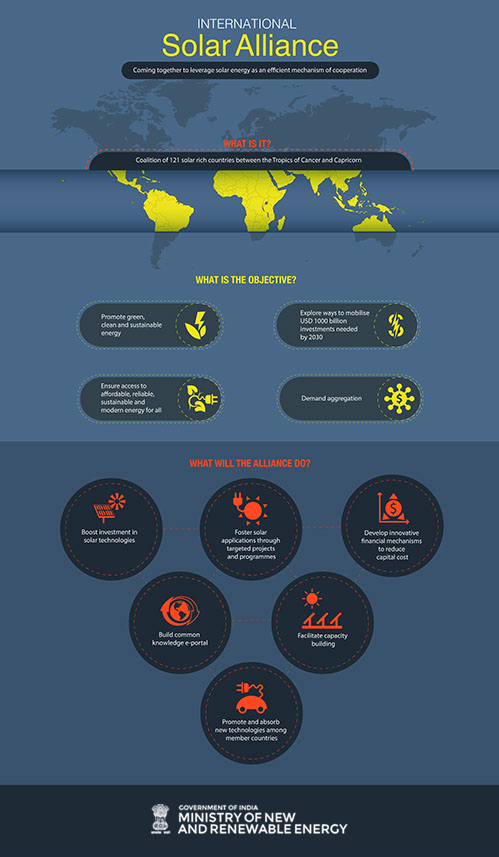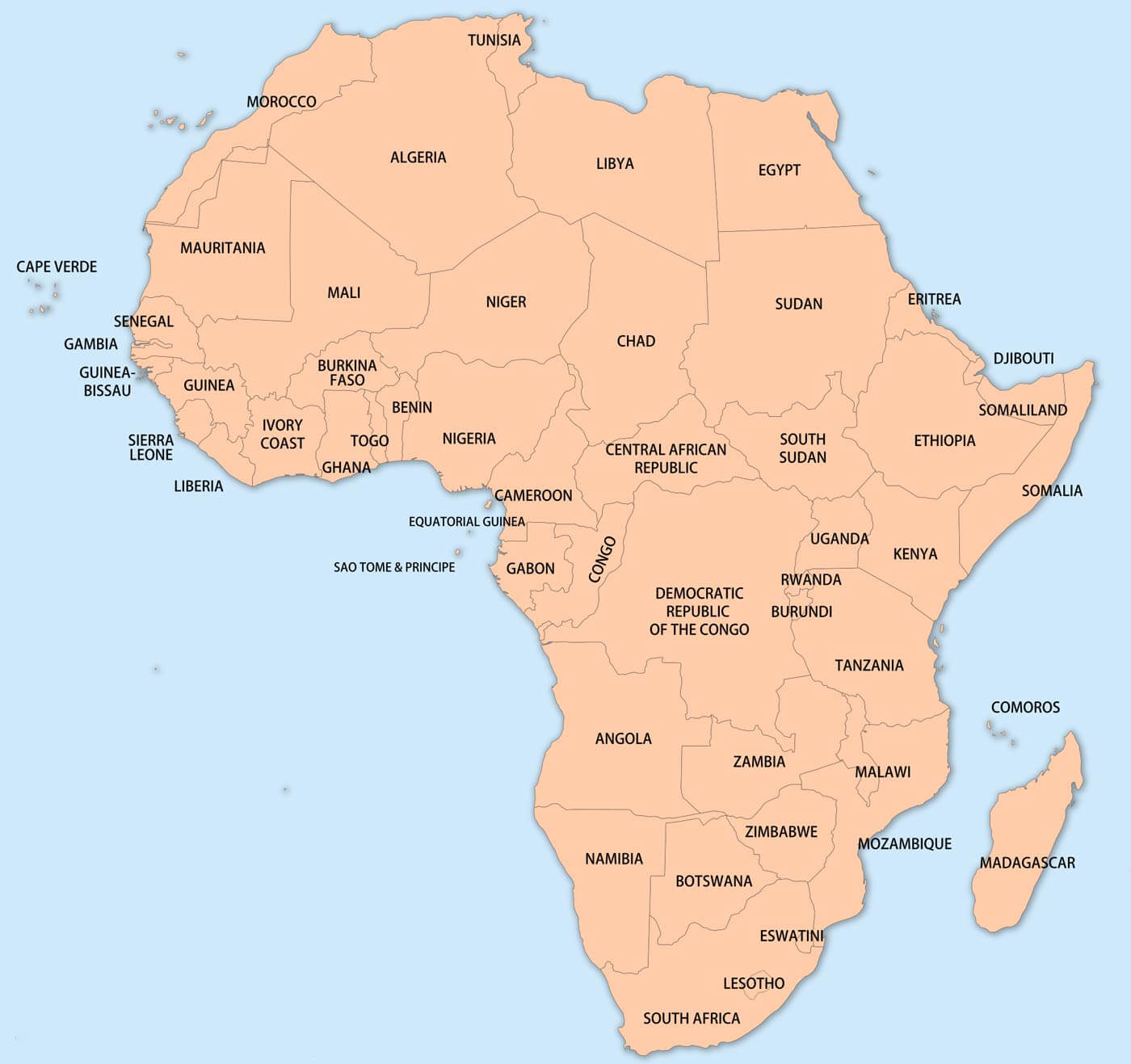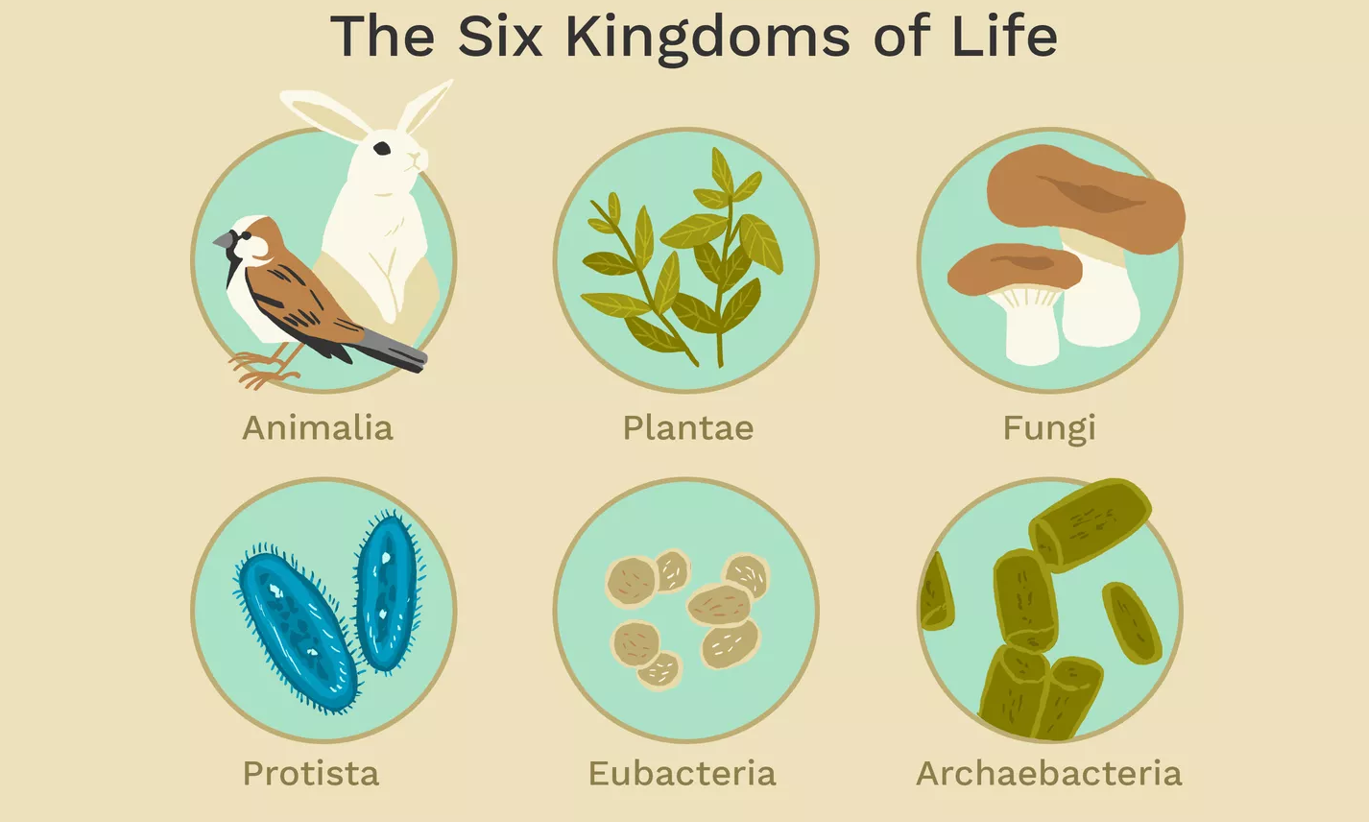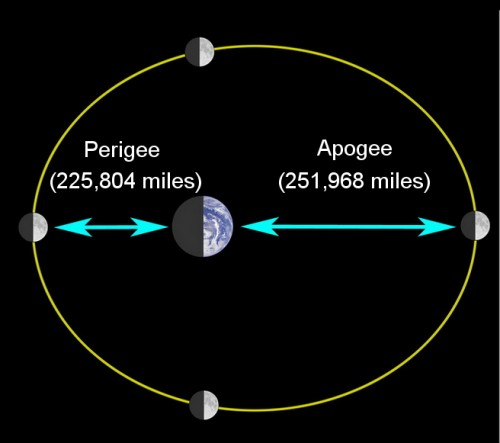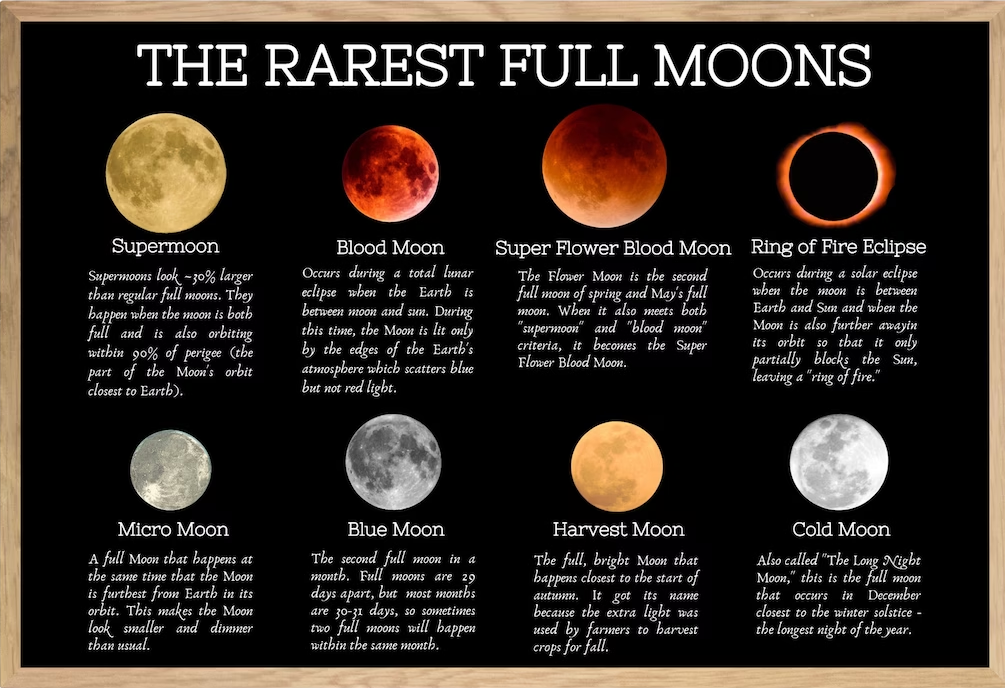Infographics
International Relations
India’s Interests in Africa's RE Potential
For Prelims: International Solar Alliance (ISA), Renewable Energy, Solar Energy
For Mains: Africa: A Potential Global Leader in Renewable Energy, Importance of Africa for India
Why in News?
Recently, the International Solar Alliance (ISA) held its 5th regional meeting in Kigali, Rwanda. Nine solar power demonstration projects across three countries: 4 in Uganda, 2 in Comoros and 3 in Mali, were virtually inaugurated in the meeting.
- During the meeting, a report titled "Roadmap of Solar Energy for Universal Energy Access", was unveiled.
What are the Key Highlights of the Report?
- The report outlines a strategic approach to effectively and economically tackle the global energy access challenge using solar-powered solutions. It encompasses case studies, real-world examples, and innovative policies aimed at bringing about a transformative shift in the implementation of solar mini-grids.
- The report's conclusions hold significant relevance for Africa, especially the Sub-Saharan region and rural areas. It identifies a range of electrification strategies centred on solar energy, particularly focusing on solar mini-grids and Decentralised Renewable Energy solutions.
- These approaches offer effective solutions to address diverse energy access challenges.
- Promoting these solutions could encourage the emergence of local innovations and business models, thereby advancing the adoption of solar energy generation within the country.
Note:
- A decentralised energy system is characterised by locating energy production facilities closer to the site of energy consumption.
- This allows for more optimal use of renewable energy (RE) as well as combined heat and power, reduces fossil fuel use and increases eco-efficiency.
What is the Significance of Solar Power Projects?
- Creating Solar Project Models that can be Replicated in Member Countries:
- The main objective of these projects is to enhance the well-being of underserved communities. The projects are not just limited to providing energy, but they also serve as drivers of advancement and symbols of global cooperation.
- Promoting Solar Energy to Enable Sustainable Energy Transition:
- ISA is partnering with the G20 Presidency of India and promoting solar energy as a means to achieve universal energy access and enable a sustainable energy transition.
- Tackling the Lack of Affordable Credit and Technical Expertise:
- The central idea behind these projects is to highlight the substantial potential of solar technology applications in improving the quality of life for individuals across the member nations.
- ISA will address the critical lack of affordable funding and technical expertise in its member countries, especially focusing on LDCs and Small Island Developing States (SIDS).
What is Africa's Potential in Global RE Transition?
- Africa holds the potential to emerge as a prominent force in renewable energy generation and innovation on a global scale.
- Despite facing various obstacles, the continent is endowed with a rich array of renewable energy sources, including substantial solar capacity, wind resources, geothermal areas, hydro energy, and green hydrogen prospects.
- Furthermore, Africa possesses over 40% of the world's crucial mineral reserves crucial for renewable and low-carbon technologies.
- Leveraging these resources offers the opportunity for Africa to not only fulfil its energy requirements but also to establish itself as a significant player in RE production and advancements worldwide.
- However, there is a need for collaboration among governments, private sector entities, and international organisations to fully unlock the potential of solar energy across the continent.
What is the Importance of Africa for India?
- Potential Market: Africa is home to over half a dozen of the fastest growing countries of this decade such as Rwanda, Senegal, Tanzania, etc. making it one of the growth poles of the world.
- The African continent has a population of over one billion with a combined GDP of 2.5 trillion dollars making it a huge potential market with a wide range of opportunities for economic growth, trade expansion, and strategic partnerships, benefiting both regions in various ways.
- Rich in Resource: Africa is a resource-rich nation dominated by commodities like crude oil, gas, leather, gold and other metals, all of which India lacks in sufficient quantities.
- Namibia and Niger are among the top ten global producers of uranium.
- South Africa is the world's largest producer of platinum and chromium.
- India is seeking diversification of its oil supplies away from the Middle East and Africa can play an important role in India’s energy matrix.
- Indian Ocean Geopolitics: Eastern African nations' geographical location, natural resources, security concerns, and regional engagements collectively position them as key actors in the global geopolitics of the Indian Ocean Region (IOR), with significant implications for international trade, security, and diplomacy.
- Eastern African nations, such as Somalia, Kenya, Tanzania, and Mozambique, are strategically positioned along the eastern coast of Africa, which borders the Indian Ocean.
- This location gives them access to important sea lanes and trade routes in the IOR, making them critical players in maritime security and commerce.
- Trade MoUs: India has signed MoUs with all African nations on the Indian Ocean Rim (IOR) is evidence of increased defence engagement with African countries.
- Under the Pan African e-Network Project (initiated in 2009), India has set up a fibre-optic network to provide satellite connectivity, tele-medicine and tele-education to countries of Africa.
- The subsequent phase, e-VidyaBharti and e-ArogyaBharti (e-VBAB), introduced in 2019, focused on providing free tele-education to African students and continuing medical education for healthcare professionals.
Way Forward
- India Assisting Africa in Harnessing Solar/RE Potential:
- Technical and Financial Support: India can offer technical expertise and financial assistance to African nations in developing their RE infrastructure.
- Capacity Building and Collaboration: India can facilitate capacity-building programs and research partnerships through collaborative projects that address specific energy challenges in African countries and foster technology transfer.
- India Taking Advantage of Africa's RE Potential:
- Investment Opportunities: India can explore investment opportunities in African RE projects while contributing to local economic development.
- Exporting Renewable Technology: Indian companies can export RE technologies and equipment to African markets. Leveraging India's manufacturing capabilities, this can be a win-win for both regions.
- RE Partnerships: India can work towards regional energy partnerships with African countries, fostering cross-border energy trade.
- This can involve the development of energy corridors and transmission infrastructure to efficiently transfer RE across borders, ensuring a stable and sustainable energy supply.
UPSC Civil Services Examination Previous Year Question (PYQ)
Prelims:
Q. Consider the following statements: (2016)
- The International Solar Alliance was launched at the United Nations Climate Change Conference in 2015.
- The Alliance includes all the member countries of the United Nations.
Which of the statements given above is/are correct?
(a) 1 only
(b) 2 only
(c) Both 1 and 2
(d) Neither 1 nor 2
Ans: (a)
Q. Consider the following statements: (2016)
- The India-Africa Summit
- held in 2015 was the third such Summit
- was actually initiated by Jawaharlal Nehru in 1951
Which of the statements given above is/are correct?
(a) 1 only
(b) 2 only
(c) Both 1 and 2
(d) Neither 1 nor 2
Ans: (a)
Mains
Q. How does India see its place in the economic space of rising natural resource rich Africa? (2014)
Q. Increasing interest of India in Africa has its pros and cons. Critically Examine. (2015)


Science & Technology
Electrified Flex Fuel Vehicle
For Prelims: Electrified Flex fuel vehicle, Bharat Stage-6(BS 6) Stage-II, Bharat Stage Emission Standards, Ethanol Blending
For Mains: Flex Fuel Vehicles: Significance and its usage, Green model of development.
Why in News?
Recently, the Prototype of the world’s 1st Bharat Stage-6 (BS6) Stage-II, Electrified Flex fuel vehicle, developed by Toyota Kirloskar Motor was unveiled.
- This vehicle is capable of running on up to 85% ethanol blended petrol and features an electric powertrain.
- The Ministry of Petroleum & Natural Gas has also highlighted flex-fuel vehicles' potential to substitute petrol with higher ethanol blends beyond 20%.
Note:
- Flex-fuel vehicles (FFV): They have engines that can run on flexible fuel - a combination of Petrol/Diesel/Electric and ethanol, which can include up to 100% ethanol.
What are the Electrified Flex Fuel Vehicles?
- About:
- Electrified Flex Fuel Vehicle integrates both a Flex Fuel engine and an electric powertrain, offering the dual benefit of higher ethanol use and improved fuel efficiency.
- Flex Fuel Strong Hybrid Electric Vehicles (FFV-SHEV): When FFV is integrated along with strong hybrid electric technology, it is referred as FFV-SHEVs.
- Strong hybrid is another term for full hybrid vehicles, which have the capability to run solely on either electric or petrol modes.
- In contrast, mild hybrids cannot run purely on one of these modes and use the secondary mode merely as a supplement to the main mode of propulsion.
- Significance:
- The integration of an electric powertrain reduces reliance on conventional fuels, contributing towards sustainable transportation and India's 'Aatmnirbhar Bharat' initiative as production of ethanol increases.
- Similar to SHEVs, this vehicle can achieve significantly higher fuel efficiency, optimizing the use of ethanol and electricity.
- By promoting the use of FFVs, India can capitalize on its abundant ethanol potential, reducing petrol consumption.
- The vehicle represents a significant stride towards decarbonization and greener mobility, aligning with global efforts to combat climate change.
What are BS6 (Stage II) Norms?
- BS6 Norms: The Bharat Stage (BS) norms are emission standards instituted by the Government of India to regulate the output of air pollutants from motor vehicles.
- The BS regulations are based on the European emission standards and the Central Pollution Control Board implements these standards.
- Presently, every newly sold and registered vehicle in India is required to adhere to the BS-VI version of emission regulations.
- BS6 Stage II: BS6(Stage II) has even stricter emission limits compared to the initial BS6 norms.
- BS6 (Stage II) incorporates Real Driving Emissions (RDE) and Corporate Average Fuel Economy (CAFE 2) and On-Board Diagnostics.
- The new RDE test figures will provide a more realistic estimation of the amount of emissions likely to be produced by vehicles in real traffic conditions with frequent changes in speed, acceleration, and deceleration.
- Onboard diagnostic (OBD) systems monitor and report the status and performance of various vehicle subsystems and sensors.
Ethanol Blending:
- About:
- Ethanol, a key biofuel produced through fermentation of sugars by yeasts or petrochemical methods.
- The Ethanol Blending Programme (EBP) in India aims to decrease oil imports, curb emissions, achieve energy self-sufficiency, and doubling farmers' income, transitioning them to 'urjadata' while remaining 'annadata', and contributing to environmental improvement.
- The Government of India has advanced the target for 20% ethanol blending in petrol (also called E20) to 2025 from 2030.
- India has been increasing its ethanol blending in petrol from 1.53% in 2013-14 to 11.8% in August, 2023.
- Other Initiatives to Promote Ethanol Blending in India:
UPSC Civil Services Examination, Previous Year Questions (PYQ)
Q. According to India’s National Policy on Biofuels, which of the following can be used as raw materials for the production of biofuels? (2020)
- Cassava
- Damaged wheat grains
- Groundnut seeds
- Horse gram
- Rotten potatoes
- Sugar beet
Select the correct answer using the code given below:
(a) 1, 2, 5 and 6 only
(b) 1, 3, 4 and 6 only
(c) 2, 3, 4 and 5 only
(d) 1, 2, 3, 4, 5 and 6
Ans: (a)


Biodiversity & Environment
Flora Fauna and ‘Funga’
For Prelims:. United Nations Biodiversity, Flora and Fauna, Funga, Species Survival Commission (SSC), International Union for Conservation of Nature (IUCN)
For Mains: Fungi and their Significance in Conservation
Why in News?
Recently, United Nations Biodiversity has urged people globally to use the word ‘funga’ whenever they say ‘flora and fauna’, in order to highlight the importance of fungi.
Why has the UN Biodiversity urged to use the word ‘Funga’?
- According to UN Biodiversity “It is time for fungi to be recognised and protected on an equal footing with animals and plants in legal conservation frameworks.
- This is not the first time when a request has been made to include fungi along with flora and fauna.
- Earlier, the Species Survival Commission (SSC) of the IUCN announced that it would use “mycologically inclusive” language in its internal and public-facing communications and to incorporate fungi in conservation strategies with rare and endangered plants and animals.
- There would be no life on Earth without fungi, the yeasts, molds and mushrooms as they are critical to decomposition and forest regeneration, mammalian digestion, carbon sequestration, the global nutrient cycle and antibiotic medication.
What is Fungi?
- About:
- Fungi or fungus are a diverse group of eukaryotic microorganisms or macroscopic organisms that belong to their own biological kingdom, distinct from plants, animals, and bacteria.
- Characteristics:
- Eukaryotic: Like plants, animals, and protists, fungi have complex, membrane-bound cell organelles and a true nucleus.
- Heterotrophic: Fungi are primarily decomposers or saprophytes, meaning they obtain nutrients by absorbing organic matter from their surroundings.
- Secrete Enzymes: Fungi secrete enzymes to break down complex organic compounds into simpler substances, which they can then absorb.
- Benefits:
- Nutrient Cycling
- Fungi can convert nutrients to make them accessible to plants, acting as decomposers by breaking down organic matter, thereby enhancing nutrient cycling and soil fertility.
- Carbon Cycling and Climate regulation:
- Fungi play a vital role in soil carbon storage by participating in the carbon cycle. They decompose organic matter, cycling carbon from dead plants, and form symbiotic relationships with plant roots.
- Mycorrhizal fungi form symbiotic relationships with plant roots, aiding in nutrient uptake.
- Fungi as Food:
- It has numerous beneficial applications. Yeasts, for instance, are used in baking and brewing. Fungi also produce antibiotics like penicillin.
- Some fungi, like mushrooms and truffles, are edible and prized in cuisine. Others, like molds, are used in cheese production.
- Environmental Protection:
- Fungi have been found to help degrade various pollutants from the environment, such as plastic and other petroleum-based products, pharmaceuticals and personal care products, and oil.
- Nutrient Cycling
- Harmful Effects of Fungi:
- Human and Animal Diseases:
- Fungi can cause a variety of diseases in humans and animals. Examples include athlete's foot (caused by dermatophytes), ringworm, histoplasmosis, and aspergillosis.
- Some fungi produce toxic compounds known as mycotoxins, which can contaminate food and lead to health problems when consumed.
- Crop and Plant Diseases:
- Fungal pathogens can infect and damage crops and plants, leading to significant economic losses in agriculture.
- Examples include rusts, powdery mildews, and various types of fungal blights.
- Allergic Reactions:
- Exposure to fungal spores, especially in indoor environments with high humidity, can trigger allergies and respiratory problems in some individuals.
- Conditions like allergic rhinitis and allergic bronchopulmonary aspergillosis are associated with fungal allergens.
- Biodegradation of Materials:
- Fungi can break down materials such as textiles, leather, and paper, which can be detrimental if these materials are not properly preserved or stored.
- Human and Animal Diseases:
Way Forward
- Promoting Fungal Conservation: Advocate for the inclusion of fungi in legal conservation frameworks at national and international levels. This would involve recognizing and protecting fungi-rich ecosystems and habitats.
- Allocate adequate funding and grants specifically for fungal conservation projects for research, habitat protection, and restoration efforts.
- Research and Education:
- Invest in research to study fungal diversity, distribution, and ecological roles. This knowledge is crucial for effective conservation efforts.
- Launch awareness campaigns and educational programs to inform the public, policymakers, and conservationists about fungi's vital contributions to ecosystem health, nutrient cycling, and biodiversity.
- Mycological Inclusivity: Encourage governmental agencies, research institutions, and conservation organisations to adopt "mycologically inclusive" language in their communications, policies, and reports.


Science & Technology
CSIR PRIMA ET11and Simplified Tractor Testing Process
For Prelims:. Tractor Testing Guidelines, Ease of Doing Business, Electric Tractor- CSIR PRIMA ET11.
For Mains: Significance of Electric Vehicles in Sustainable Agriculture and Ease of doing business.
Why in News?
Recently, CSIR’s Central Mechanical Engineering Research Institute (CSIR-CMERI) has indigenously designed and developed compact 100% Pure Electric Tractor named CSIR PRIMA ET11 mainly to cater small and marginal farmers of India.
- Additionally, in a major step towards encouraging Ease of Doing Business and promoting trust-based governance, the Government has simplified the process of testing tractors for performance evaluation.
What are the Important Features of CSIR PRIMA ET11?
- About: The introduction of the CSIR PRIMA ET11, a 100% Pure Electric Tractor, underscores India's commitment to sustainable agriculture.
- The entire tractor has been designed and manufactured with indigenous components and technologies and to cater the demand of agriculture field application.
- Features: The developed technology is designed to be user-friendly, with particular consideration for the convenience and ease of use by women.
- The tractor is provided with a port called V2L i.e. vehicle to load, This means when the tractor is not in operation, its battery power can be utilised for other secondary applications like pump and irrigation etc.
- Significance:
- Traditionally tractors use diesel, thus contributing significantly to the environmental pollution.
- According to an estimate they consume about 7.4% of our country’s annual diesel usage and account for 60% of total agricultural fuel usage.
- Also their PM2.5 and NOx emissions are likely to increase 4-5 times the current level in next two decades.
- Global carbon footprint reduction strategy necessitates rapid transition of this sector towards electrification.
- Therefore, electrification of tractors is a necessary step that aids our country in achieving climate related targets.
- Traditionally tractors use diesel, thus contributing significantly to the environmental pollution.
Note:
- The CSIR-CMERI is a premier research institute located in Durgapur, West Bengal. It was established in 1958 under the CSIR
- CSIR CMERI has a long history in design and development tractors of various ranges and capacities; the very first indigenously developed being SWARAJ Tractor in 1965, followed by 35hp Sonalika tractor in 2000 and then Small diesel tractor of 12hp Krishishakti in 2009 for small and marginal farmers demand.
What is the Simplified Procedure for Tractor Testing?
- Tractor manufacturers shall now be allowed to participate in the subsidy scheme on the basis of CMVR/Conformity of Production (COP) certificates and a self-declaration to be given by the company that the tractor proposed for inclusion under subsidy conforms to the benchmark specifications given by Department of Agriculture & Farmers’ Welfare.
- The manufacturers shall give a minimum of three years warranty on the tractor to be supplied under subsid.
- The tractor testing process will follow the some mandatory tests i.e., Drawbar Performance Test, PTO Performance and Hydraulic Performance Test and Brake Performance.
- All these tests will be done through the use of load cars Central Farm Machinery Training and Testing Institute ( CFMTTI) or at Mahindra Research Valley (MRV) or any other Government authorised institute or at their own facilities provided.
- Brake Performance Test shall be done as per the requirements under Central Motor Vehicles Rules (CMVR).
UPSC Civil Services Examination, Previous Year Question (PYQ)
Prelims:
Q. Which of the following has/have occurred in India after its liberalization of economic policies in 1991? (2017)
- Share of agriculture in GDP increased enormously.
- Share of India’s exports in world trade increased
- FDI inflows increased.
- India’s foreign exchange reserves increased enormously.
Select the correct answer using the codes given below:
(a) 1 and 4 only
(b) 2, 3 and 4 only
(c) 2 and 3 only
(d) 1, 2, 3 and 4
Ans: (b)
- Economic reforms in India refer to the neo-liberal policies introduced by the government in 1991 and in the later years. The central point of the reforms was the liberalization of the economy, simplifying regulations and giving more role to the private sector. The New Industrial Policy of 1991 is the heart of the new economic reforms.
- Following are the main features of New Economic Reforms:
- De-reservation of the industrial sector.
- Industrial de-licensing policy.
- Opening up of the economy to foreign competition– the economic reforms introduced extensive liberalisation of foreign trade and foreign investment. The import substitution and import restriction policies were abandoned and instead import liberalisation and export promotion policies were introduced. This increased India’s share in exports. Hence, statement 2 is correct.
- Liberalisation of trade and investment
- However, there was a gradual decline in the agriculture sector’s contribution to the Indian economy. Presently agriculture contributes about 17% to the GDP, down from 29% in 1991. Hence, statement 1 is not correct.
- Foreign investment was almost negligible before 1991. On the investment front, the economic reforms mark the era of capital mobility in the country. Foreign capital in the form of FDI (Foreign Direct Investment) and FPI (Foreign Portfolio Investment) entered into the country. Hence, statement 3 is correct.
Mains:
Q. How far is the Integrated Farming System (IFS) helpful in sustaining agricultural production? (2019)


Important Facts For Prelims
Super Blue Moon
Why in News?
On August 30, 2023, the night sky was illuminated by a rare phenomenon: a super blue moon. However, despite its name, this full moon was neither blue in colour nor super in size.
- The last blue supermoon was in 2009, according to the National Aeronautics and Space Administration (NASA), and the next is not expected until 2037.
What is a Super Blue Moon?
- A super blue moon combines a supermoon and a blue moon.
- A supermoon occurs when the moon aligns closely with Earth during its orbit, making it appear larger and brighter.
- This alignment, called perigee, contrasts with apogee, when the moon is farthest in its elliptical orbit around earth. While the difference is subtle, near the horizon, an optical illusion can make it seem larger.
- The term "supermoon" was coined in 1979 by astrologer Richard Nolle.
- A blue moon is the second full moon in a month. Despite its name, a blue moon isn't blue; it's the traditional name for the second full moon in a month.
- Sometimes, smoke or dust in the air can scatter red wavelengths of light, as a result of which the moon may, in certain places, appear more blue than usual, but this has nothing to do with the name “blue” moon.
- Effect:
- The moon's gravitational pull during a supermoon slightly affects tides, causing minor fluctuations in coastal high and low tides. However, the difference is usually not significant enough to cause major disruptions.
Related Reading: Total Lunar Eclipse


Rapid Fire
Rapid Fire Current Affairs
Sree Narayana Guru Jayanti
Recently, the Prime Minister paid tributes to Sree Narayana Guru on his Jayanti.
- Sree Narayana Guru (1856-1928) was a revered Indian spiritual leader and social reformer born in Chempazhanthy, Kerala.
- He advocated for equality, education, and social upliftment regardless of caste. Guru's philosophy emphasized, “One Caste, One Religion, One God for All" (Oru Jathi, Oru Matham, Oru Daivam, Manushyanu) promoting harmony among different communities.
- He became one of the greatest proponents and re-evaluators of Advaita Vedanta, the principle of non-duality put forward by Adi Shankara.
- He established a philanthropic society as the founder of the Sree Narayana Dharma Paripalana Yogam (SNDP).
Read more: Sree Narayana Guru
Indigenously Developed Electric Nuclear Power Reactor
- The indigenously developed 700 MWe nuclear reactor at Gujarat's Kakrapar Atomic Power Project (KAPP-3) is now operating at full capacity.
- KAPP-3 is India's largest indigenously developed Pressurised Heavy Water Reactor (PHWR), using natural uranium as fuel and heavy water as a moderator.
- It features an advanced safety system called the 'Passive Decay Heat Removal System,' capable of removing decay heat (the heat released as a result of radioactive decay) from the reactor core without requiring any operator actions.
- India aims to increase its nuclear power capacity from 7,480 MWe to 22,480 MWe by 2031.
Read more: India's Nuclear Power Capacity
Diving Support Craft (DSC) Project
Recently, the first ship of the Diving Support Craft (DSC) project, 'DSC A 20' (Yard 325), was launched in Kolkata (Hooghly River).
- In 2021, a contract was signed between the Ministry of Defence (MoD) and M/s Titagarh Wagons Ltd (TWL) for the construction of 5 DSC.
- These specialized vessels are designed to perform operational and training diving operations in harbors and coastal waters.
- The project aims to deliver all five DSC to the Indian Navy during FY 2024-25.
- The majority of equipment used are sourced from indigenous manufacturers, making them a source for the "Make in India" and "Make for the World" initiatives of the GoI and MoD.
Read More: Innovations for Defence Excellence, Atma Nirbhar in Defence Production




